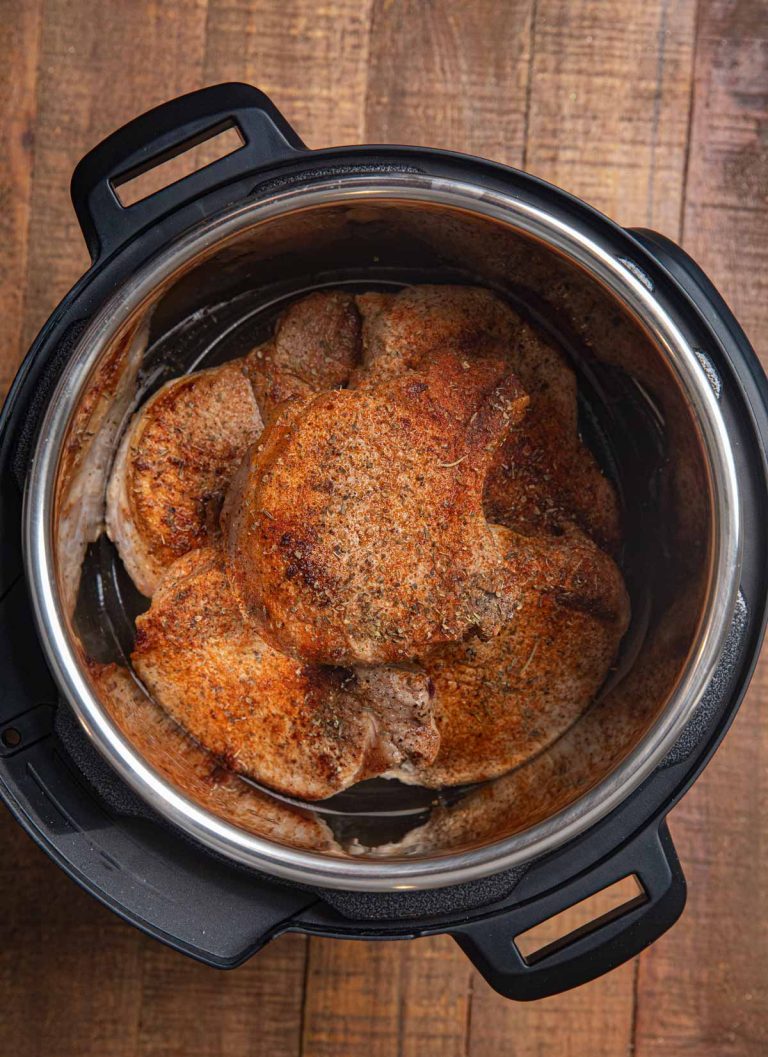Pickled Ginger Gari: A Perfect Companion for Sushi
Pickled ginger gari, a staple in Japanese cuisine, often accompanies sushi dishes at traditional sushi bars. Known for its pink hue and delicate, tangy flavor, gari helps cleanse your palate between different types of sushi. To make gari, thinly sliced young ginger is marinated in a mixture of vinegar, sugar, and salt. This pickling process gives the ginger its distinctive taste and texture. Homemade gari offers a fresher alternative to store-bought versions, free from artificial colorings and preservatives.
The Role of Gari in Asian Cuisine
Gari plays a crucial role in enhancing the overall dining experience in Asian cuisine, particularly Japanese. It’s typically served as a side dish or condiment with sushi, sashimi, and other dishes. By balancing strong flavors and aiding digestion, gari ensures each flavor profile is distinctly appreciated. Besides sushi, it’s also used in bento boxes and as an accompaniment to grilled meats. Its versatility extends beyond Japanese cuisine, making it a valuable addition to various Asian-inspired dishes.
The Benefits of Making Gari at Home
Health Benefits of Homemade Gari
Homemade gari ensures you enjoy a fresher, more natural product. Unlike store-bought versions, which often contain preservatives and artificial colors, homemade pickled ginger retains its natural nutrients. Ginger boasts several health benefits, such as aiding digestion, reducing nausea, and possessing anti-inflammatory properties. You can control the amount of sugar and salt used, making it a healthier option. Balance these ingredients to suit your dietary needs, creating a low-calorie, refreshing condiment.
Customization and Freshness
When making gari at home, customization is a significant advantage. You tailor the taste, adjusting the sweetness and spiciness to your preference. Experiment with different vinegar types, such as rice vinegar or apple cider vinegar, to create unique flavor profiles. Freshly made gari maintains its crisp texture and vibrant flavor longer. Store it in the refrigerator to ensure it stays fresh for weeks. This flexibility allows you to create a bespoke accompaniment for your sushi and other dishes, enhancing every culinary experience with a personal touch.
Essential Ingredients for Homemade Gari
Choosing the Right Type of Ginger
Using young ginger, often called “new ginger,” is essential for making the best homemade gari. This type of ginger has a thin skin that’s easy to peel and a milder, more tender texture compared to mature ginger. New ginger is usually available during summer and early autumn, making it the optimal choice for your recipe. Its delicate flavor and natural sweetness are perfect for achieving the authentic taste you’re aiming for.
Other Key Ingredients
Aside from young ginger, you’ll need three other key ingredients: rice vinegar, sugar, and salt.
- Rice Vinegar: This type of vinegar adds the necessary acidity for pickling. Opt for unseasoned rice vinegar to control the flavor better.
- Sugar: Use granulated sugar or any preferred sweetener. This balances the acidity and enhances the natural sweetness of the ginger.
- Salt: Fine sea salt is recommended. It helps in drawing out moisture from the ginger and enhances the overall flavor of the gari.
With these essential ingredients, you can create homemade gari that’s fresh, versatile, and customized to your taste preferences.
Step-by-Step Guide to Making Homemade Gari
Preparing the Ginger
Select fresh, young ginger for the best results. Young ginger has a milder flavor and tender texture, making it ideal for pickling. Start by cleaning the ginger thoroughly under running water to remove any dirt or debris. Peel the outer skin using a spoon, which prevents losing too much ginger flesh. Slice the ginger thinly with a sharp knife for uniform cuts. Thin slices allow the vinegar solution to penetrate completely, enhancing the pickling process.
Pickling Process
Combine 1 cup of rice vinegar, 1/2 cup of sugar, and 1 teaspoon of salt in a saucepan. Heat the mixture over medium heat until the sugar dissolves completely. Once dissolved, remove the saucepan from heat and let it cool to room temperature. Place the sliced ginger in a sterilized jar. Pour the cooled vinegar mixture over the ginger slices, ensuring they are fully submerged. Seal the jar tightly and refrigerate it for at least 24 hours. This waiting period allows the ginger to absorb the pickling flavors fully. Your homemade gari is now ready to enjoy with sushi or as a refreshing side.
Serving and Storing Homemade Gari
Best Ways to Serve Gari
Pairing gari with sushi enhances your dining experience by cleansing your palate between different types of fish. Arrange thin slices alongside your sushi platter for a visually appealing presentation. Integrate it into salads to add a tangy kick. Use it as a garnish for rice bowls or fish dishes to introduce contrasting flavors. Incorporating gari into sandwiches or wraps brings an unexpected zing for adventurous eaters.
Tips for Storage
Store your homemade pickled ginger in an airtight glass container to preserve its freshness. Refrigerate immediately after preparing for optimal flavor retention and to prevent spoilage. Keep the container in a consistent cold environment to maintain the pickling effect. Use clean utensils to avoid cross-contamination and preserve the quality of your gari. Properly stored, homemade gari stays fresh for up to three months. If the ginger softens or the brine changes color, it’s time to make a new batch.
Conclusion
Making your own pickled ginger at home offers unmatched freshness and flavor, free from unwanted additives. It’s incredibly versatile, enhancing not just sushi but a variety of dishes like salads and sandwiches. With proper storage in airtight containers and refrigeration, your homemade gari can stay fresh for up to three months. Embrace the simplicity and satisfaction of creating this delightful condiment in your own kitchen.






